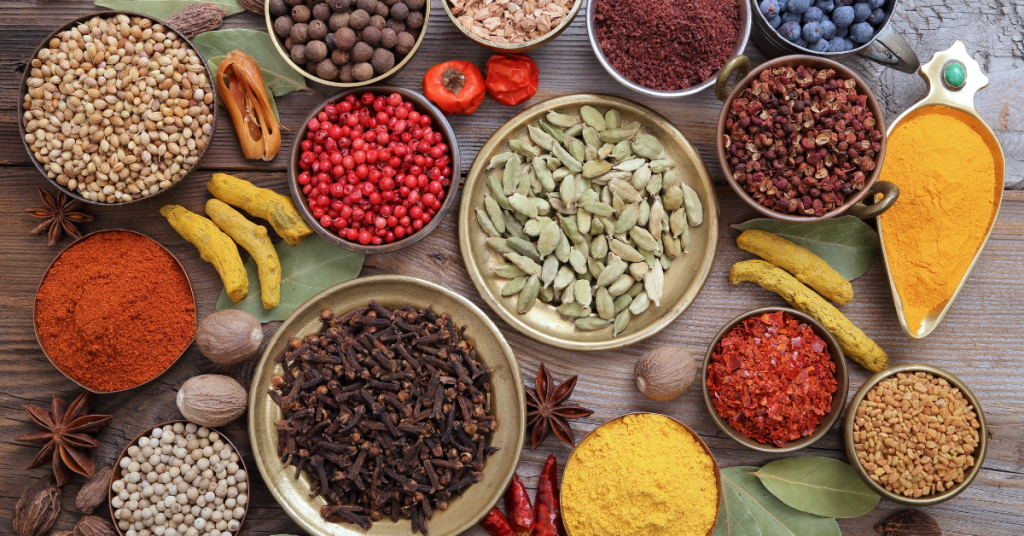The tantalizing flavors of Indian cuisine have captivated palates around the world. Central to this culinary magic are the diverse and aromatic spices that are the heart and soul of Indian cooking. In this in-depth guide, we will take you on a journey through the vibrant world of popular Indian spices, unveiling their historical significance, unique features, and versatile uses. For both the seasoned home cook and the curious food enthusiast, understanding the role of spices in Indian cuisine is key to recreating authentic flavors. Join us in exploring the rich tapestry of spices that make Indian dishes so irresistible.
Historical Significance: Spice Routes and Cultural Exchange
To comprehend the importance of Indian spices, one must first delve into their historical roots. India has a rich history of trading spices along the famous Spice Routes, which connected the subcontinent to the Middle East, Europe, and beyond. The trade of spices like black pepper, cardamom, and cinnamon not only enriched Indian culture but also played a pivotal role in shaping world history.
The Spice Pantheon: Aromatic Diversity
Indian cuisine boasts an extensive repertoire of spices, each with its unique aroma, flavor, and role. From the fiery heat of red chili powder to the warm, earthy tones of cumin and coriander, Indian spices offer a sensory journey like no other.
The diverse collection includes both ground and whole spices, and their combination varies by region, lending distinct character to regional dishes.
Culinary Alchemy: Spice Blends and Masalas
One of the secrets to the depth of flavor in Indian dishes is the use of spice blends, known as “masalas.” We will explore some of the most famous masalas, such as garam masala, curry powder, and chaat masala, and how they can transform ordinary ingredients into extraordinary meals. These spice blends are the magic wand that every Indian chef wields with skill.
Indian spices are not limited to curries alone. They find their way into a myriad of dishes, including rice, bread, snacks, sweets, and beverages. The versatility of spices is exemplified in the wide range of culinary applications, from the biryanis of the North to the dosas of the South. We will uncover the secret behind the sizzle in street foods like samosas and pakoras.
Health Benefits: Spices as Medicine
Apart from adding flavor, Indian spices have remarkable health benefits. Many of them have been used for centuries in Ayurvedic medicine. We will discuss the medicinal properties of select spices and their role in promoting well-being, from aiding digestion to boosting immunity.
Pros and Cons: Spice Sensation with Caution
While the use of Indian spices enhances the taste and health benefits of dishes, it can sometimes be overwhelming for those unaccustomed to their intensity. Balancing the right combination and quantity of spices is an art in itself. The article will touch on the importance of moderation and finding the perfect blend.
In closing, the flavors of Indian cuisine are a testament to the vibrant world of spices that form the bedrock of its culinary heritage. We’ve journeyed through the historical significance, diverse aroma, the magic of spice blends, and the versatile uses of these aromatic treasures. Indian spices are not just ingredients; they are storytellers of tradition and culture. Understanding the role of these spices will empower you to create authentic Indian dishes in your kitchen, elevating your culinary skills and delighting your taste buds.

